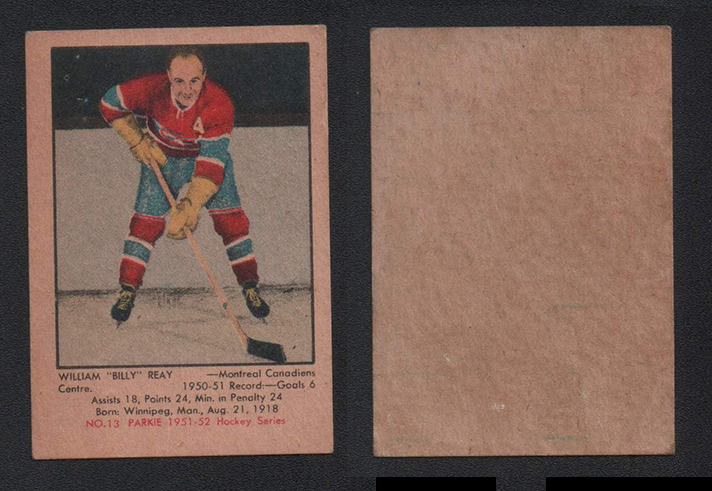Canadiens1958
Registered User
Rudy Migay
Rudy Migay definitely belongs - look at the defensive record of the Harry Lumley era Maple Leafs. BTW, perhaps Van Islander meant Ron Stewart instead of Ron Murphy?
Does Migay belong here? What evidence is there that he was even in the top-25 defensive forwards of his generation? he lasted in the NHL a very short time and while there he didn't contribute to a team that won anything.
Rudy Migay definitely belongs - look at the defensive record of the Harry Lumley era Maple Leafs. BTW, perhaps Van Islander meant Ron Stewart instead of Ron Murphy?












